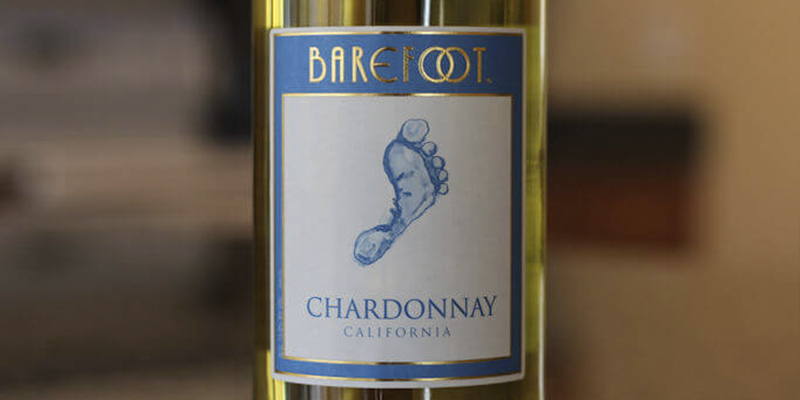Wine Pairing Tips
The Wine and Spirits Cellar
Learn food and wine pairing basics so you can create your own pairings. This guide will show you the steps on how to pair. You’ll also learn what to look for in a recipe in order to make great wine matches.
A great food and wine pairing creates a balance between the components of a dish and the characteristics of a wine.
As much as pairing food and wine is complex, the basics are simple to grasp.
Tips For Pairing Wine & Food
If you’re just getting started, you’ll find these tried-and-true methods to produce great pairings. That said, as you get more familiar with different wines, you’ll become confident and can experiment breaking the rules!
- The wine should be more acidic than the food.
- Wine should be sweeter than the food.
- The wine should have the same flavor intensity as the food.
- Red wines pair best with bold flavored meats (e.g. red meat).
- White wines pair best with light-intensity meats (e.g. fish or chicken).
- Bitter wines (e.g. red wines) are best balanced with fat.
- It is better to match the wine with the sauce than with the meat.
- More often than not, White, Sparkling and Rosé wines create contrasting pairings.
- More often than not, Red wines will create congruent pairings.
Identify The Basics Tastes
Recently, we’ve learned that there are over 20 different tastes found in food. The basic, including sweet, sour and fat, to the extreme, including spicy, umami and electric. Fortunately you only need to focus on 6 tastes when pairing food and wine: Salt, Acid, Sweet, Bitter, Fat and Spice (Piquant).
Basic Taste Components in Wine
For the most part, wine lacks the 3 tastes of fatness, spiciness and saltiness but does contain acidity, sweetness and bitterness in varying degrees. Generally speaking, you can group wines into 3 different categories:
- Red wines have more bitterness.
- White, rosé and sparkling wines have more acidity.
- Sweet wines have more sweetness.


